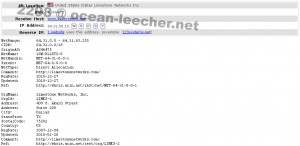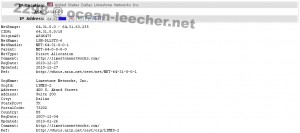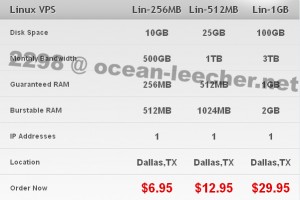Yeah guys, let’s talk about this post title, really it is interesting, i mean for me this is very interesting :p. If you have a site, and then something happen to your server’s network, and unfortunately your site does not have backup or mirror site which is very essential because your site is your income. So the first thing you need to do is this, do not put your site in shared / reseller hosting. Why? Because in shared hosting, your site is not alone, there are so much neighbor in it, and your site could be exploited from those neighbor, for instance bug in script. Another thing is you cannot get root access from shared hosting, your creativity is limited by non-ssh regular user assigned to your account. So take a look at LowEndBox and get a vps for your shared hosting substitution.
Nuff said for the appetizer, let’s get to the main course. The simplest failover method for website is round robin dns, the illustration would be like this:

where the server has been assigned with two or more ip addresses, so if end user fail to access the server with the first ip address, it will be routed to the second ip address. To use that settings, you simply




